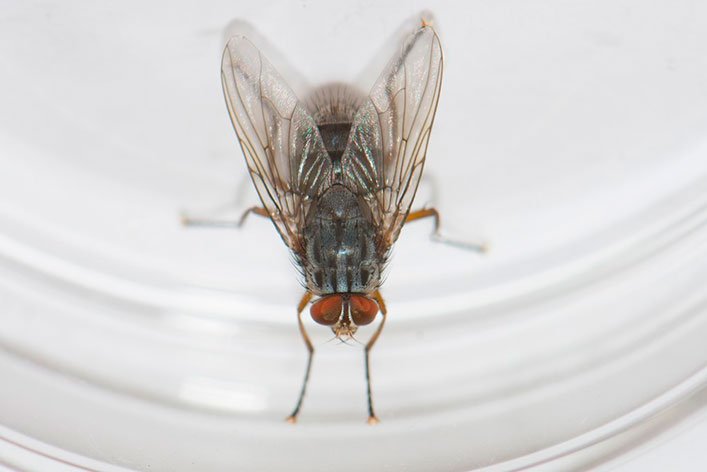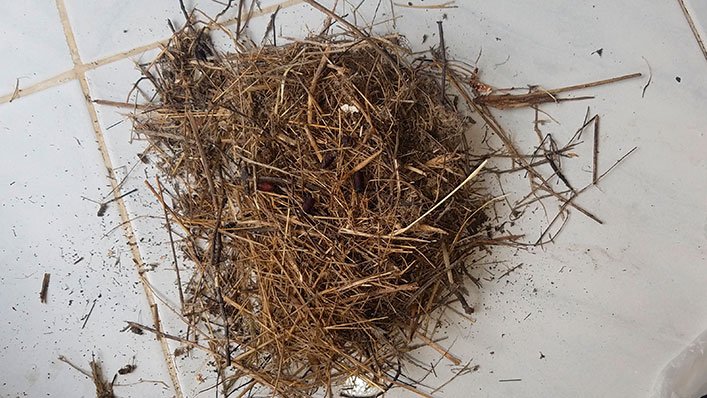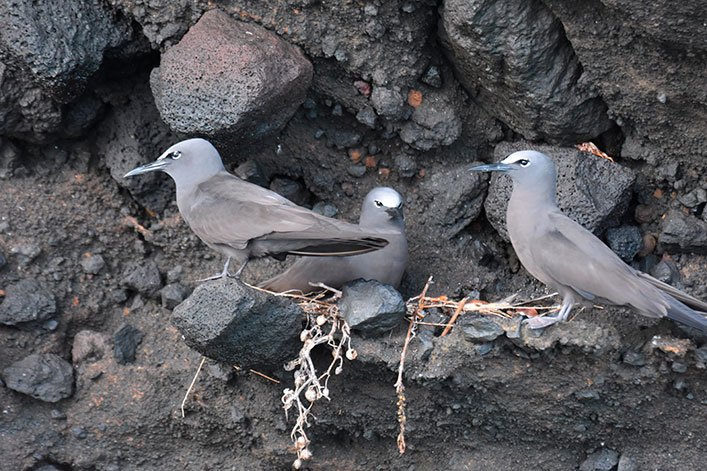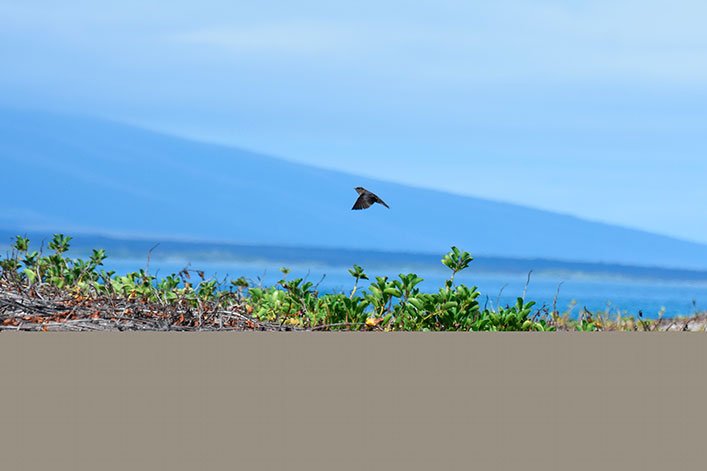
The Galapagos martin (Progne modesta) is an endemic species, which means it is only found on the archipelago. Due to its low numbers, it is categorized as an endangered species by the International Union for the Conservation of Nature (IUCN). However, very little is known about its biology and natural history, including information about threats to its conservation.
It is a priority for the Charles Darwin Foundation (CDF) and the Galapagos National Park Directorate (GNPD) to determine if this bird is affected by the invasive fly, Philornis downsi, one of the biggest threats to landbirds of the archipelago. Currently, the fly is threatening 18 species of endemic landbirds and one native bird, since its larvae feed on the blood of chicks and can cause their death.

Spotting martin nests, however, isn’t easy due to the fact that it nests in cliffs near the sea. Since some these locations are tourist sites, in 2014 naturalist guides were asked to look for and report nests. In March of 2017 various guides reported having seen a nest with chicks in Tagus Cove (west of Isabela Island). The next month, ornithologists of the Charles Darwin Research Station (CDRS) went to the area to check the sighting. They found two nests under construction and one nest with an egg incubating. This year, scientists returned to this location and with the help of the crew on a GNPD ship, they collected the inactive nest to analyze it.

Ornithologists found 13 pupae of Philornis downsi in this martin’s nest, which is alarming. As explained by researcher David Anchundia,
“It’s not only worrisome that the fly parasitizes this bird, but also surprising that the fly is able to find nests and survive in extreme conditions, such as those of a crack in a cliff by the sea.”

The CDF, in collaboration with the GNPD, plan to inspect more Galapagos martin nests to evaluate the impact of Philornis downsi. Reports by guides will be vital to keep researching. Also, we are planning to determine if Philornis downsi parasitizes other birds in this habitat.

This urgent work depends entirely on the support of our followers. With your donation, our team will find out more information about the impact of Philornis downsi on Galapagos landbirds and find mechanisms to protect them.





